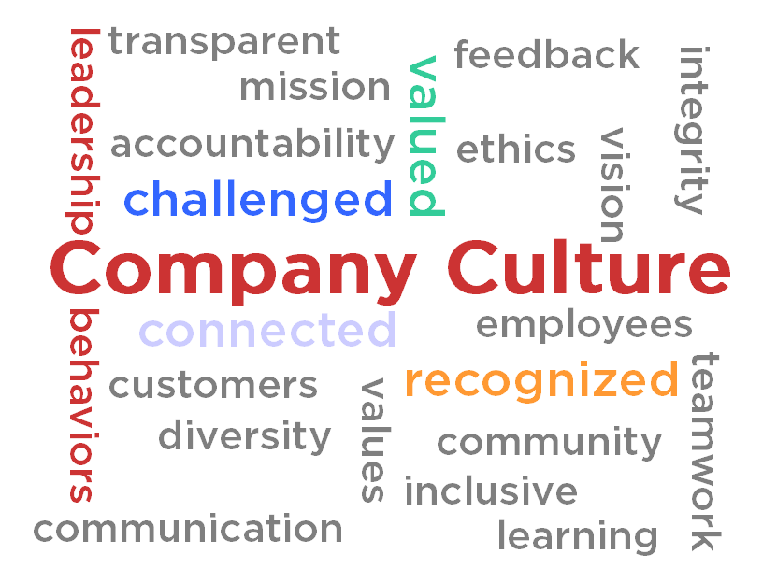For employees to thrive (and stay!) they need to feel valued, connected, challenged and recognized. One of the best ways leaders can help employees feel this way is to give them timely and effective feedback on a regular basis. In other words, feedback that matters!
Now, I get that giving feedback isn’t always easy. For that matter, neither is RECEIVING feedback, but we’ll talk about that next time. Often when we hear the phrase, “I’d like to give you some feedback…” our defenses go up and we prepare for the worst.
Giving feedback, however, shouldn’t immediately trigger a negative response. Feedback is actually very much a positive. It’s a real opportunity to help someone get better and stronger. And as leaders, it’s our responsibility to help our employees get better and stronger.
Remember, employees want to know how they’re doing. You may believe “no news is good news” yet your employees may not see it that way. They may interpret your silence as apathy, and begin to wonder, “Why do I even bother?” Take the time to acknowledge and show appreciation for their efforts. Likewise, if there’s an issue, don’t assume it will resolve itself. Unless you say something, they may not realize there’s a problem. Poor performance does not improve with age.
Effective feedback is a gift and provides benefits for all.
Here’s how to give feedback that matters.
Make it timely. This doesn’t mean you have to praise them each time they complete a task. Be sincere! It means saying “thank you” immediately when they’ve made an extra effort or providing praise shortly after they’ve solved a complex problem or achieved a new skill. It also means giving negative feedback no later than 24 hours after observing the behavior. And be sure the feedback is based on your observation rather than what you’ve heard from others. Giving feedback regularly will help you build trust with your employees and make them more receptive and motivated to improve.
Make it specific. Focus on facts not feelings. Use the SAR method. Situation. Action. Results. “Thank you, Jane, for stepping in to complete that report while John was out. Without your help we would not have been able to complete the project milestone.” Or, “Bob, I’ve read through your proposal and some of the figures don’t quite add up. Accuracy on these proposals is essential to avoid future issues with the client.” Be sure you don’t fall into the “but” trap. “I really like your approach on the presentation, but I think the slides are too busy.” What will the employee hear? “The slides are too busy.” Use “and” instead. “I really like your approach on the presentation, and I think it will have more impact if you have fewer words on each slide.”
Be kind. As frustrating as the behavior may be, keep a check on your emotions and words. Stick to the facts and focus on the solution moving forward. Help them understand how what they do – or don’t do – impacts other individuals, the team, the project, or the organization. Also, be sure that you conduct negative feedback in private.
Listen. Deliver your feedback in a manner that allows a two-way conversation versus a finger-pointing monologue. Be open to the employee’s ideas as to how they might improve. Include them in designing the development process.
Follow through. Giving the feedback and recommendations is just the first step. If you leave it there nothing will happen. Once you’ve clearly defined expectations and next steps, help your employee improve by keeping them accountable. Set specific goals and periodic check-ins. Revisit the conversation to acknowledge progress made and/or reinforce development plans.
“Feedback is the breakfast of champions.” – Ken Blanchard
For more on feedback, tune into my “Giving Feedback That Matters” podcast.
Till next time,
Karen









